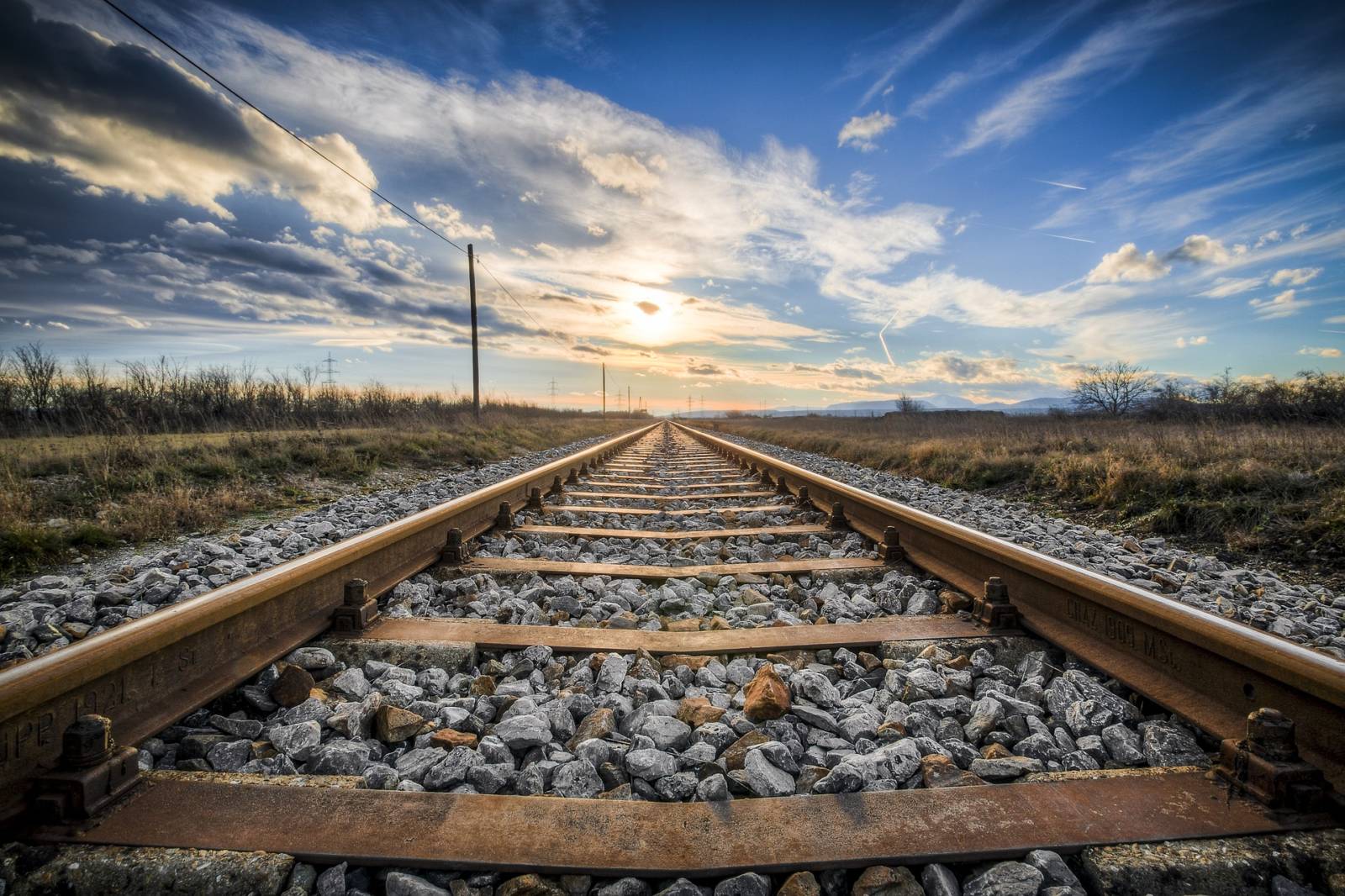Like the U.S., Brazil’s public roads and waterways are publicly funded. Unlike the U.S. where railroads fund much of its own track improvements, Brazil railroads are often dependent on public funding. The amount of money that is available for transportation projects will depend on internal politics, such as the success of pension reform. Also, funding depends on how successful the politicians believe the project will be. For this reason, the odds of transportation projects being completed are impossible to predict, but the U.S. – China trade war has emboldened the politicians. Nowhere is the impact of increasing Brazil soybean exports felt more than the “Northern Arc.” Long scheduled public funded transportation projects are receiving renewed focus.
Brazil is the largest soybean exporter and second largest corn exporter in the world, thanks in part to new export facilities in what is called the northern arc of ports on the Amazon River and along the northern Atlantic Coast of Brazil. The U.S. Department of Agriculture (USDA) Foreign Agricultural Service (FAS) defines Brazil’s “Northern Arc” as an area that consists of river and ocean ports in the north and northeast regions of Brazil. These ports are primarily located along the Amazon River, Tapajós River, and the Atlantic coast. It includes ports in the cities of Bacarena/Belem, São Luis, Recife, and Salvador. It also includes river ports in the cities of Porto Velho, Manaus, Santarem, and Miritituba.

The northern arc of ports is allowing Brazil to increase its grain export capacity without the traditional long delays in getting the grain to the southern ports or long lines of vessels waiting to load. According to the National Grain Exporters Association (Anec), the amount of grain exported out of Brazil’s northern arc of ports could reach 35 million tons in 2019. Over the last five years, the amount of grain exported from Brazil’s traditional southern ports increased 16% while exports out of Brazil’s northern ports increased more than 300%.
ADM, Bunge, Cargill, Louis Dreyfus and others have invested billions of dollars in barging and port facilities to move soybeans and corn produced in Mato Grosso down the Amazon River to export facilities. One of the major improvements has been the construction of barging facilities at the Port of Miritituba on the Tapajos River, from which grain is barged down the Amazon River to export facilities near the mouth of the Amazon River. For example, FAS reported that Miritituba, a small city on the Tapajós River, has received over 1.5 billion dollars in investments since 2014 and is home to six new privately owned terminals that use barges to move commodities along the river.
Currently, the cost of transporting soybeans north out of the state of Mato Grosso to the Amazon River is about equivalent to transporting soybeans south to Brazil’s southern ports, but that is about to change. Paving of Highway BR-163 from Mato Grosso north to the Amazon River is scheduled for completion before the end of 2019, and once completed, it will significantly reduce costs.
In addition, the North-South (EF-151) Railroad: Porto National, Tocantins (TO)-Estela D’Oeste, São Paulo (SP) integrates four states: TO, Goiás (GO), Minas Gerais (MG), and SP with access to the northeastern port of Itaquí-Sâo Luis, Maranhão (MA). This is a work in progress with more than 95% of the project completed. It should be noted the contractor has until 2021 to have the southern leg of the rail line operational. The northern and central reaches of the rail line should be operational in months.
More long term, a consortium of grain companies will be bidding on the right to build a railroad from northern Mato Grosso to the Port of Miritituba. Bidding on the Ferrograo Railroad (Grain Railroad) is scheduled for late 2019 or early 2020. Ferrogrão Railroad (EF-170) Railroad is to consolidate the new Brazilian export rail corridor of the “Arco Norte” by connecting the grain-producing region of the Midwest to the State of Pará, ending at the Port of Miritituba. The EF-170 is expected to increase transport capacity and competitiveness within the corridor and alleviate traffic conditions on highway BR-163 by serving as an alternative route for soybean and corn exports. For example, this new shipping route could have minimized major road issues that resulted in major delays in export shipments in early 2019.
The improvements in Brazil’s infrastructure have long been in place, but struggle to justify funding within the political system. The U.S. – China protracted trade dispute has resulted in significantly reduced soybean exports from the U.S. to China and more soybean exports from Brazil to China. For Brazilian politicians, the trade war has made the existing infrastructure projects a greater success, which encourages more funding for the remaining projects. The reduced transportation cost allows Brazil to increase exports from further distances without having to increase the breakeven price of growing soybeans.
If the U.S. does not take steps to lower transportation costs, such as a 50-foot lower Mississippi River, the U.S. farmer will receive a lower price for soybeans. The health of U.S agricultural industries is dependent on infrastructure projects to remain competitive in the world market.
